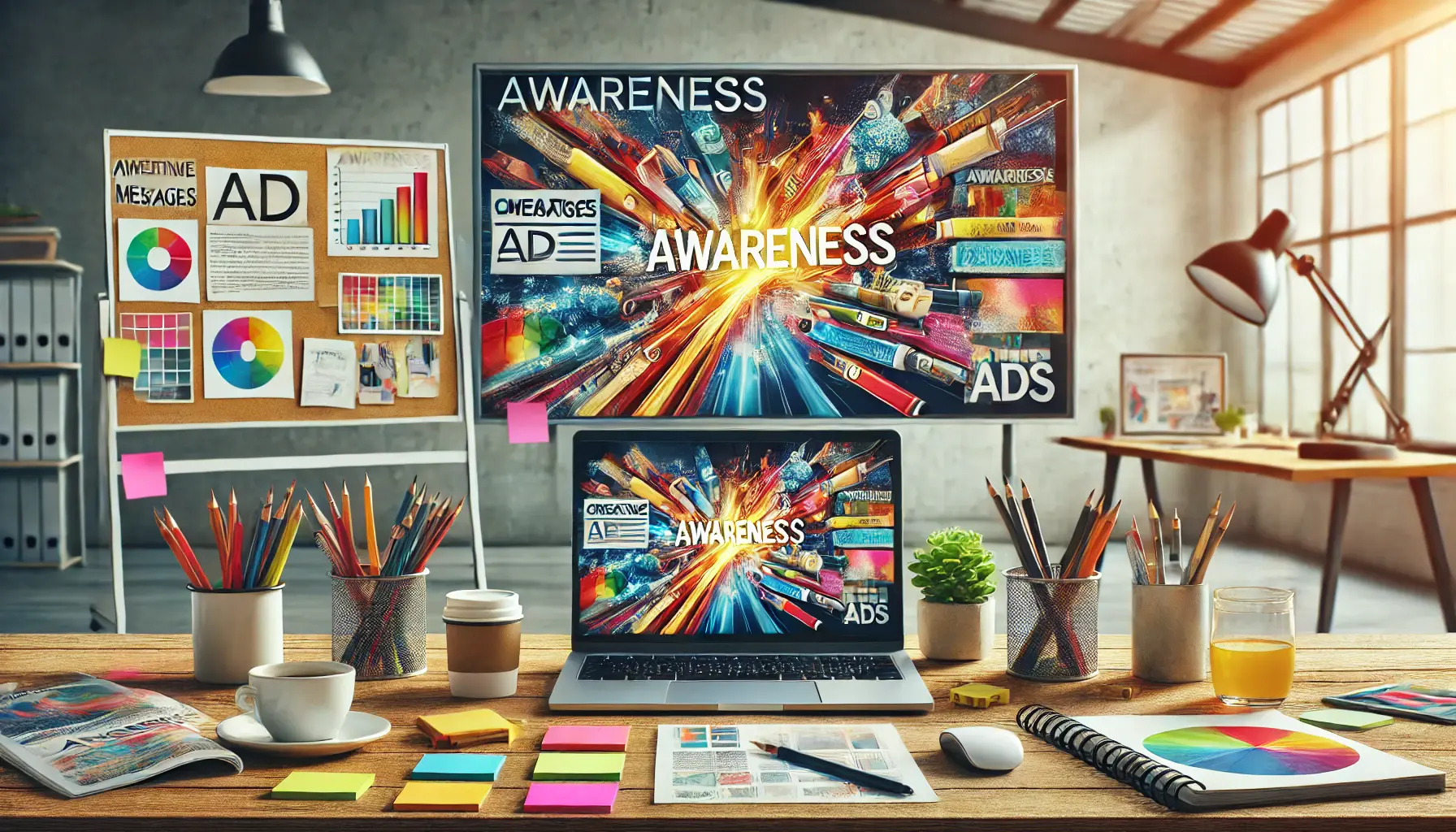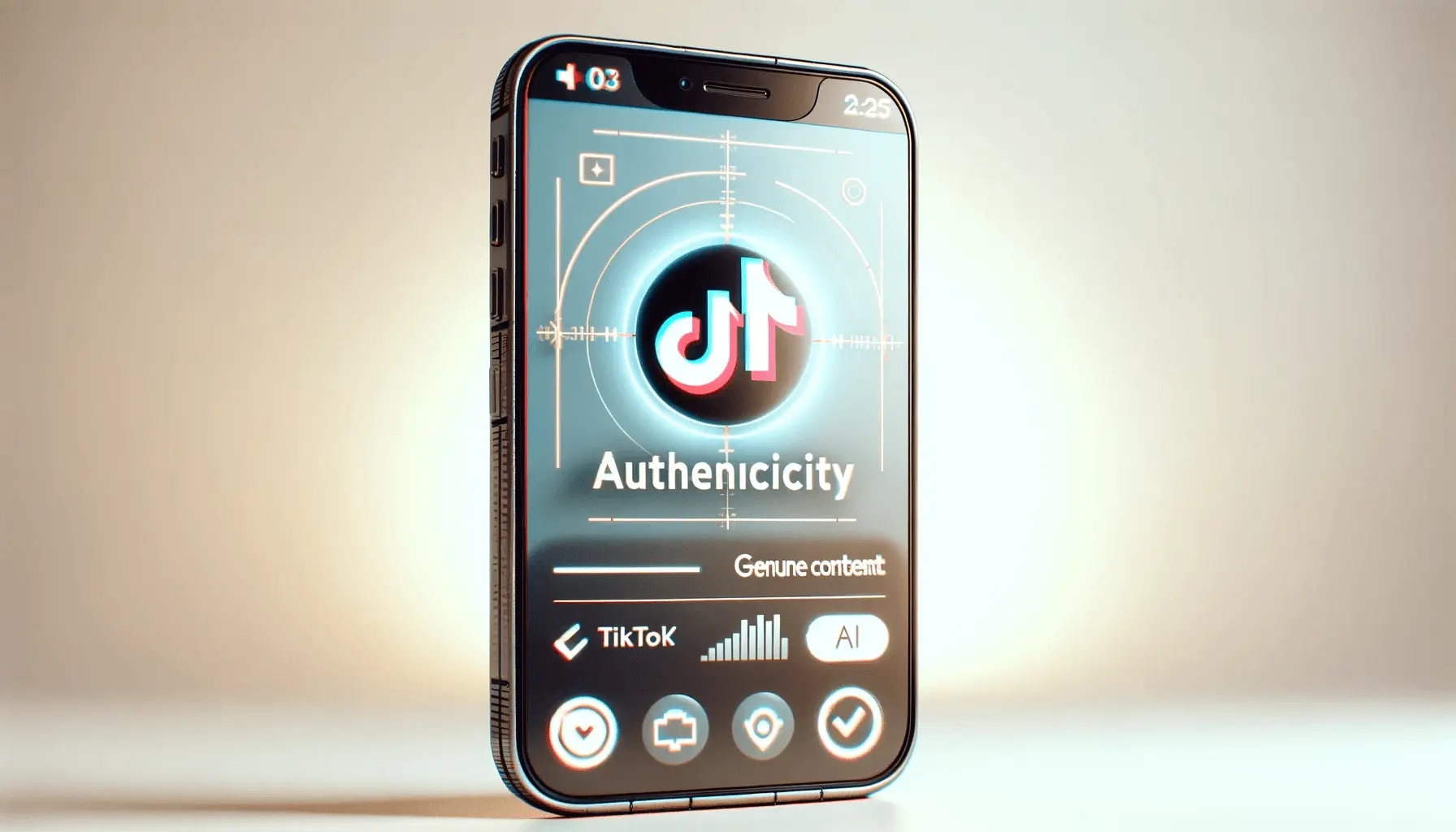In today’s cutthroat online arena, crafting persuasive ad copy is key to communicating with your audience and driving conversions.
However, how can you be sure that your message will resonate as intended?
This is where A/B testing comes in.
By systematically testing different variations of your advertisements, A/B testing allows you to make data-driven decisions, delivering maximum impact on your campaigns.
- Understanding the Importance of A/B Testing in Ad Copy
- Key Elements to Test in Ad Copy
- Best Practices for Conducting Successful A/B Tests
- Common Pitfalls in Ad Copy A/B Testing and How to Avoid Them
- Real-Life Examples of Successful Ad Copy A/B Testing
- Maximizing Ad Copy Performance with A/B Testing
- Frequently Asked Questions on Ad Copy A/B Testing
Understanding the Importance of A/B Testing in Ad Copy
A/B testing, or split testing, is a method of comparing two versions of an ad to determine which performs better.
It involves creating two versions—Version A and Version B—with one differing element, such as the headline, image, or call-to-actionA prompt that encourages users to take a specific action, such as 'Buy Now' or 'Sign Up'. (CTA).
By exposing these versions to similar audience segments simultaneously, you can compare which variation yields better results in terms of engagement, click-through ratesA metric that measures the percentage of users who click on a specific link or ad after seeing it. (CTR), and conversions.
Definition and Function of A/B Testing
At its simplest, A/B testing is an exploratory technique used to identify the optimal elements of your ad copy.
By isolating and testing each element individually, you can establish what works best with your audience, allowing for more informed marketing strategies.
The process shifts your decision-making from assumption to evidence-based conclusions, making your advertising efforts both productive and efficient.
Benefits of A/B Testing for Ad Copy Optimization
Incorporating A/B testing into your advertising strategy offers several key advantages:
- Data-Driven Decisions: Utilizing concrete data rather than conjecture allows for more accurate and consistent ad copy optimization.
- Increased Engagement: Identifying which elements of your ads are most engaging helps optimize user interaction and improve engagement rates.
- Improved Conversion Rates: High-performing ad copy that resonates with your audience is more likely to convert viewers into buyers.
- Efficient Budget Allocation: Investing in the best-performing versions of your ads ensures that your advertising budget is used optimally, minimizing waste.
- Continuous Optimization: A/B testing fosters a culture of ongoing optimization, allowing your campaigns to adapt to shifting audience behavior and market trends.
By embracing A/B testing, you position your brand to make informed, data-driven decisions that generate real results in your advertising campaigns.
A/B testing removes guesswork from your ad campaigns, ensuring every decision is backed by real data.
Key Elements to Test in Ad Copy
When optimizing your ad copy through A/B testing, isolating certain aspects can make a massive difference in your campaigns.
With systematic testing and optimization of these elements, you can enhance user engagement and achieve better results.
Headlines and Their Impact on Engagement
Your headline is often the first thing to catch your audience’s attention.
Changing the headline can reveal which wording most effectively stimulates your target group, leading to higher levels of engagement.
Consider testing:
- Length: A concise, impactful headline versus a longer, more detailed one.
- Tone: Formal, professional language versus a more casual, conversational style.
- Use of Numbers or Statistics: Headlines with specific figures often attract more attention and add credibility.
For instance, a title such as “Increase Your Sales by 50% with Our Tested Strategies” may perform differently than “Learn How to Boost Sales.” Testing these alternatives helps determine the best strategy.
Body Text Alternatives and Readability
Your ad’s body text contains the information that persuades users to take action.
Testing various versions of your ad copy can determine the most compelling messaging.
Focus on:
- Clarity and Brevity: Keep your message concise and easy to understand, avoiding excessive jargon.
- Benefit-Driven Language vs. Feature-Based Language: Show consumers how your product or service will solve a problem or improve their lives.
- Incorporation of Storytelling Techniques: Engaging narratives make the ad more memorable and relatable.
Refining your body text can help you craft more effective and persuasive ad copy.
Calls-to-Action (CTAs) and Conversion Rates
The call-to-action (CTA) is a crucial element that guides users toward the desired action.
Testing different CTAs can have a significant impact on your conversion ratesThe percentage of users who complete a desired action, such as making a purchase or signing up..
Experiment with:
- Wording: Test phrases such as “Buy Now,” “Get Started,” or “Learn More” to identify which one drives the most engagement.
- Placement: Test the positioning of the CTA in your ad to find the most effective location.
- Design Elements: Assess the impact of button color, size, and shape on user interaction.
A/B testing your CTAs can enhance the effectiveness of your ad copy and improve campaign performance.
Visual Elements: Images and Videos
Visual elements play a vital role in grabbing attention and communicating your message effectively.
Experimenting with different visual components can help determine what works best for your audience.
Consider testing:
- Image Types: Compare product images, lifestyle images, and infographics to see which generates more engagement.
- Video Content: Test short clips versus longer videos, or animations versus live-action footage.
- Visual Styles: Evaluate different color schemes, filters, and design aesthetics to see what resonates best.
Fine-tuning your visual elements through A/B testing will enhance the overall effectiveness of your ad copy, making it more engaging and impactful.
Focusing on headlines, body text, CTAs, and visuals in A/B tests can significantly improve engagement and conversion rates.
Best Practices for Conducting Successful A/B Tests
Applying A/B testing to your advertising campaign is a powerful way to optimize your ad copy and enhance campaign performance.
To achieve valid and actionable results, best practices must be followed throughout the testing process.
Creating Clear Hypotheses
Begin with a solid hypothesis that states what you’re testing and what outcome you anticipate.
A well-defined hypothesis gives your A/B test direction and purpose, helping you focus on specific areas of your ad copy.
For example:
- Hypothesis: Changing the call-to-action from “Sign Up Now” to “Get Started Today” will increase the click-through rate by 10%.
Having a distinct hypothesis ensures that your testing efforts are targeted and productive.
Ensuring Statistical Significance
To draw meaningful conclusions from your A/B tests, statistical significanceA measure that determines whether the results of an A/B test are likely due to the changes made rather than random chance. is crucial.
This ensures that observed differences in performance between variations are not due to random chance.
To achieve statistical significance:
- Sample Size: Select an adequate sample size based on your expected effect size and desired confidence level. Sample size calculators can assist with this.
- Confidence Level: Use a 95% confidence level to minimize the risk of false positives.
By following these guidelines, you can ensure that your test results accurately reflect real differences in performance.
Testing One Element at a Time
To determine precisely which changes impact performance, test only one element at a time.
This method isolates the effect of each change.
For example, if you’re testing headlines, keep all other components of the ad copy constant.
This approach ensures that any performance variation you observe is directly linked to the headline change.
Duration and Timing of Tests
The length and timing of your A/B tests play a significant role in the validity of your results.
To conduct effective tests:
- Test Duration: Run tests over an adequate period to account for differences in user behavior across different days and times. A recommended timeframe is at least one to two weeks, depending on traffic volume.
- Timing Considerations: Avoid running tests during unusual periods, such as holidays or major events, which could affect user behavior and skew results.
By carefully planning the timing and duration of your tests, you can obtain more accurate and representative results.
Adhering to these A/B testing best practices will enable you to make data-driven decisions, optimize your ad copy effectively, and ultimately improve the performance of your advertising campaigns.
Always test one element at a time and ensure statistical significance before making decisions based on test results.
Common Pitfalls in Ad Copy A/B Testing and How to Avoid Them
A/B testing is a great way to optimize your ad copy and enhance campaign performance.
However, several common pitfalls can undermine the validity of your tests.
It is crucial to understand these issues and learn how to avoid them to obtain reliable and actionable results.
Not Having a Clear Hypothesis
Starting A/B tests without a well-defined hypothesis can lead to inconclusive results.
A clear hypothesis provides direction and purpose, ensuring that your testing efforts are focused and meaningful.
Before running a test, outline:
- What you are testing: Specify which element of your ad copy you are evaluating.
- Expected outcome: Define the improvement or change you anticipate.
Testing Multiple Variables Simultaneously
Altering multiple elements at once in your ad copy makes it difficult to determine which change influenced the results.
To accurately measure impact, it’s essential to:
- Test one element at a time: Isolate individual variables such as headlines, CTAs, or images.
- Use a structured testing approach: Gradually modify different elements over multiple tests.
Inadequate Sample Size
Running tests with too small a sample sizeThe number of users or impressions included in an A/B test to ensure valid results. can yield invalid results that fail to represent your audience’s behavior.
To ensure statistical significance:
- Calculate an appropriate sample size: Use online sample size calculators to determine the number of participants needed.
- Allow the test to gather sufficient data: Running tests for at least one to two weeks can help account for variations in user behavior.
Halting Tests Prematurely
Ending tests too soon—before reaching statistical significance—can lead to misguided decisions based on incomplete data.
To avoid this:
- Stick to a predetermined test duration: Ensure your test runs long enough to capture meaningful insights.
- Monitor trends but wait for conclusive data: Early trends can be misleading; let the test fully play out before drawing conclusions.
Ignoring External Factors
External variables such as seasonal trends, market shifts, or concurrent marketing campaigns can impact test results.
To control for these influences:
- Run tests during stable periods: Avoid testing during major holidays or unexpected industry shifts.
- Account for market conditions: Be mindful of economic trends or competitor activity that could affect performance.
By identifying and avoiding these common A/B testing mistakes, you can ensure more accurate and reliable results, leading to optimized ad copy and improved campaign performance.
Stopping tests too early or testing multiple elements at once can lead to misleading conclusions.
Real-Life Examples of Successful Ad Copy A/B Testing
Introducing A/B testing to your advertising campaign can lead to significant improvements in ad copy performance.
By examining real-life case studies, we can uncover valuable insights into effective testing methods and their outcomes.
Beckett Simonon: Boosting Sales with Storytelling
Beckett Simonon, an online retailer of handmade leather shoes, aimed to enhance the efficiency of paid acquisition and conversion rates.
By incorporating storytelling elements into their ad copy, they achieved a 5% increase in sales.
This case highlights how a compelling narrative can engage consumers and drive conversions.
L’Axelle: Increasing Conversions with Action-Oriented Headlines
L’Axelle, a manufacturer of sweat reduction products, experimented with more dynamic headlines in their ad copy.
Replacing their original headline, “Feel fresh without sweat marks,” with “Put an end to sweat marks!” resulted in a remarkable 93% increase in conversions.
This example showcases the power of strong, action-oriented language in motivating customer responses.
Obvi: Increasing Conversions with Countdown Timers
Obvi, a health and wellness brand, tested the impact of adding a countdown timer to their promotional pop-ups to create a sense of urgency.
This modification led to a 7.97% increase in conversions, demonstrating how urgency can effectively encourage immediate customer action.
HubSpot: Making Emails More Engaging with Text Alignment
HubSpot conducted an A/B test on their email campaigns to evaluate the impact of text alignment on user behavior.
They compared centered text (Variant A) with left-aligned text (Variant B) and discovered that text alignment influenced the way users interacted with calls-to-action (CTAs).
This experiment illustrates how formatting adjustments can enhance readability and engagement.
Clarks: Highlighting Free Shipping to Drive Conversions
Clarks, a well-known shoe retailer, sought to increase online purchases by emphasizing their free shipping offer.
By making this message more prominent in their ad copy and website design, they achieved a 2.6% rise in conversion rates, resulting in an additional £2.8 million in sales.
This case study highlights the importance of addressing customer concerns, such as shipping costs, to encourage purchases.
These case studies demonstrate how precise A/B testing of key ad copy elements can lead to remarkable improvements in conversion rates and overall campaign performance.
By systematically experimenting with different approaches, businesses can identify the most effective ways to engage their audience and drive desired actions.
Real-world case studies prove that small changes—like adjusting headlines or adding urgency—can significantly boost conversions.
Maximizing Ad Copy Performance with A/B Testing
A/B testing is a powerful tool for ad copy optimization, helping businesses maximize their advertising campaigns for the best possible outcomes.
By thoroughly testing different components, companies can refine messaging, improve engagement, and boost conversions.
As we’ve explored throughout this article, marketers can leverage key insights and strategies to make better data-driven decisions that enhance the performance of their ads.
Key Takeaways from Ad Copy A/B Testing
By analyzing real-world case studies and best practices, we have identified the most effective ways to conduct A/B testing.
Below are some key takeaways:
- Test Major Elements: Headlines, body text, CTAs, and visual elements all contribute to how effectively an ad connects with an audience.
- Follow Best Practices: Developing clear hypotheses, ensuring statistical significance, and testing one element at a time are essential for obtaining accurate results.
- Avoid Common Pitfalls: Stopping tests too early, using an insufficient sample size, or ignoring external factors can lead to misleading conclusions.
- Learn from Case Studies: Successful brands have demonstrated how small changes in ad copy, such as emphasizing urgency or using powerful language, can significantly improve conversion rates.
Why A/B Testing is Essential for Ad Copy Optimization
In a constantly evolving digital landscape, relying on assumptions about what works in ad copy is ineffective.
A/B testing offers a data-driven approach to refining messaging, improving engagement, and enhancing campaign performance.
The benefits include:
- Increased Conversions: Identifying the most compelling elements of an ad can dramatically boost conversion rates.
- Enhanced Targeting: Testing allows businesses to determine what resonates best with different audience segments, enabling more personalized marketing efforts.
- Optimized Ad Spend: Investing in high-performing ad copy ensures that advertising budgets are used efficiently, maximizing return on investment.
- Better Data-Driven Decision Making: Eliminating guesswork enables marketers to make strategic decisions based on actual user behavior.
Final Thoughts: The Power of Continuous Testing
A/B testing is not a one-time process but an ongoing strategy that helps businesses stay competitive in today’s fast-paced digital advertising environment.
Consumer behavior and market trends shift frequently, making continuous testing and adaptation essential.
By implementing structured A/B testing methodologies, businesses can refine their ad copy, uncover what truly resonates with their customers, and maximize advertising effectiveness.
The key to long-term success is consistency—continuously learning from data, making informed adjustments, and refining strategies over time.
As digital marketing continues to evolve, companies that leverage A/B testing to optimize their ad copy will be in the best position to achieve sustainable success.
Continuous A/B testing allows marketers to stay ahead of changing consumer behavior and market trends.
Enjoyed the article? Let its author handle your social media ads. Visit our service page to get started!
Frequently Asked Questions on Ad Copy A/B Testing
Ad copy A/B testing is a valuable tool for optimizing advertising campaigns by comparing different versions of your ads and determining which one performs better.
Here are frequently asked questions and concise answers to help you understand this process more effectively.
A/B testing of ad copy involves testing two variations of an ad to determine which performs better, allowing for data-driven decisions that maximize campaign success.
A/B testing helps identify the most effective elements in your ad copy, leading to improved engagement, higher conversion rates, and optimized advertising spend.
Testable elements include headlines, body text, calls-to-action (CTAs), images, and overall design layout to determine what resonates best with your audience.
An A/B test should run long enough to achieve statistical significance, typically lasting at least one to two weeks, depending on traffic volume.
The winning variation is determined by analyzing key performance indicators (KPIs) such as click-through rates (CTR), conversion rates, or return on ad spendA marketing metric that calculates the revenue generated for every dollar spent on advertising. (ROAS).
Testing multiple elements simultaneously is called multivariate testingA testing method that evaluates multiple variables at once to determine their impact on user behavior.; however, it requires a larger sample size to obtain reliable results.
Common mistakes include testing multiple variables at once, ending tests too early, and using a sample size that is too small to be statistically significant.
To ensure statistical significance, achieve a sufficiently large sample size and run the test long enough to account for variations in user behavior.
Popular tools for A/B testing ad copy include Google Optimize, Optimizely, and VWO, each offering different features to support various forms of testing.













